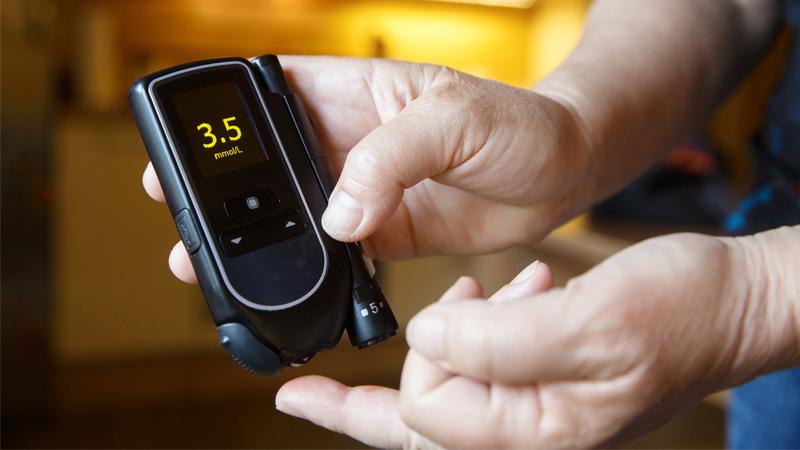In a collaborative study, researchers from the University of Westminster have found that having higher levels of fat in the liver and having a smaller pancreas directly increase the risk of developing type 2 diabetes.

The new research, funded by Diabetes UK, could potentially unlock new treatment approaches and allow more tailored ways to help people decrease their risk of type 2 diabetes, as well as helping to prevent cases altogether.
Researchers from the University of Westminster, Brunel University, University of Exeter, University of Glasgow and Calico Life Sciences explored whether liver and pancreas size and fat content could play a direct role in causing type 2 diabetes. The team looked at data from 32,859 people who had MRI scans as part of the UK Biobank study. The size and fat of the liver and pancreas were analysed from these scans, alongside information about genes that affect them to help understand their role in the risk of developing diabetes. Westminster produced all of the imaging variables from the UK Biobank cohort, which underpins the subsequent genetic work within the study.
Through the Biobank MRI images, the researchers found that people with a genetic make-up that makes them prone to storing fat in their liver are more likely to have type 2 diabetes. This suggests that higher liver fat levels directly increase the risk of type 2 diabetes, with their analysis showing that for every 5% increase in liver fat, the risk of type 2 diabetes increases by 27%. Similarly, having a smaller pancreas was found to have a direct role in causing type 2 diabetes.
Pancreas fat levels and liver size were associated with type 2 diabetes, but were not found to play a direct role in raising type 2 diabetes risk. The researchers also looked at data from 9,000 people with type 1 diabetes, but liver and pancreas size or fat levels were not found to be directly linked to the autoimmune condition.
The researchers suggest that in the future, those with a certain genetic makeup that may make them prone to higher liver fat levels or a smaller pancreas could be offered tailored support to help them take steps to reduce their risk of type 2 diabetes early on.
This work builds on an extensive collaboration between the University of Westminster and scientists from Calico Life Sciences to develop automated methods to accurately measure the volumes and composition of multiple organs and tissue in the body.
Talking about the research, Professor Louise Thomas, Professor of Metabolic Imaging and Co-Author of the study, said: “We have for a long time observed that liver fat is elevated and pancreas volume is altered in type 2 diabetes, but the analysis in this study has for the first time allowed us to show that these factors play a causal role in the development of the disease.
“This reinforces the need to deliver effective lifestyle interventions or treatments for the considerable proportion of the population who do store excess fat in the liver to reduce their risk of developing type 2 diabetes.”
Read the full paper in the Diabetes Care journal.


